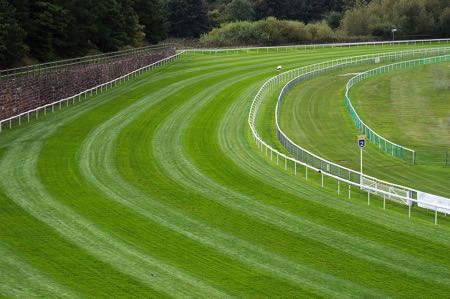 Horse racing seems simple enough, especially if the main type of racing that you’ve watched is jump racing. The horses line up, jockey for space and then the race gets underway when the starter lifts the tape. Things are slightly more complex in the world of flat racing, however, thanks to the fact that the horses all start in metal starting stalls, with each horse being assigned a position within those stalls.
Horse racing seems simple enough, especially if the main type of racing that you’ve watched is jump racing. The horses line up, jockey for space and then the race gets underway when the starter lifts the tape. Things are slightly more complex in the world of flat racing, however, thanks to the fact that the horses all start in metal starting stalls, with each horse being assigned a position within those stalls.
As you look at the stalls waiting for the horses to burst out of them, Draw 1 is on the right and the numbers then increase to the left, with the number of stalls available dictating how many horses there can be in a race. Some stalls are in a better position than others for numerous reasons, presenting an unfair bias to the horses that get to begin the race from those still numbers. We’ll explain the phenomenon in more detail here.
Why Stalls Are Used
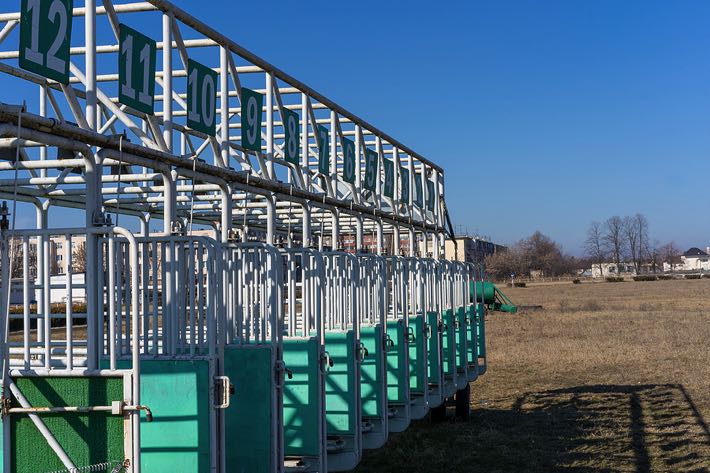
Firstly, let’s take a look at why stalls are used in racing at all. After all, jump horses just jockey for position on an open field so why can’t flat racing do the same? Sometimes called a starting gate or starting barrier, starting stalls are machines that are used to make sure that there is a fair start in horses racing and greyhound racing. They began life as simple ropes or sometimes wooden structures.
The first ever automated stall design was created in Australia and first used in 1894, designed by Alexander Grey, after his son was given a fine for allowing his horse to step over the white chalk line that denoted where the horses should stand. Between 1894 and 1932, version of the barriers designed by Alexander and Reuben Gray were installed all over the world, including some that had been refined by others.
Nowadays, the stalls have a gate on the front and the back, with the front one usually closed unless it needs to be left open to entice a skittish horse into the stall. When the starter is satisfied that all horses are loaded into the stalls and ready, they will press a button that will release and electromagnetic lock and the horses will be free to run out of the stalls and begin the race that they’re taking part in.
The question of why stalls are used basically comes down to ensuring a fair start. There are countless examples of horses in jump racing getting an unfair start because of the starting method used. The main reason that the British Horseracing Authority gives for using stalls is that the races are shorter so a start with as straight a line as possible is crucial. On top of that, jump racing ground is often too soft to move the stalls.
Basic Principles of Draw Bias
Whilst the notion of using a draw is to ensure as fair a start to a race as possible, the existence of draw bias means that that often isn’t the case. Draw bias doesn’t always come into play with races, however. Races that are run over a straight course often don’t involve any sort of draw bias, unless a course has something of a drainage problem that affects one part of the track more than any other.
The rest of the draw bias is based on how far away from a bend a horse is placed on courses that aren’t run on the straight. The further away from the barrier a horse is, the longer its journey to go around a bend will be. If a horse is close to the barrier, meanwhile, then their journey around the corner will be shorter and therefore quicker. The first stall is the one that is closest to the rail and is therefore the ‘best’ draw at most course.
The Shape of the Course Matters
The shape of the course that a race is taking part on might not seem all that important but is actually crucial when it comes to figuring out the importance of the draw. Races run on the straight are the ones that the draw matters least to, unless there’s something odd about the course that means getting a certain stall will make a massive difference. This is where research into courses comes in handy.
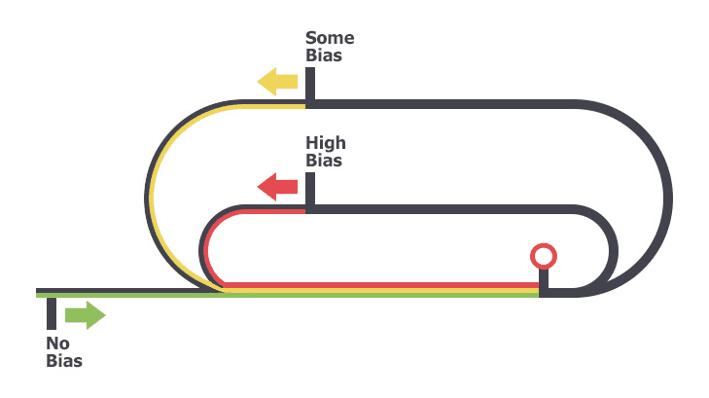
The first thing to look at when you’re studying a course is the number and size of the bends that will be used within a race. A short and sharp bend will be important, especially if it’s close to the start of the race, because the horses on the inside will be around it and gone before the wider horses can get into their best position. That contrasts wildly with a bend that is long and sweeping, given that riders will have more of a chance to get to the inside on the track gradually, using relatively little extra energy for the horses that are further from the rail.
The direction that the bend takes is also of huge importance. Whether it bends to the left or right will dictate whether a horse wants to be in a stall with a higher number or a lower one. If the horse is in the far-left stall and the horse bends to the right then it’s in an advantageous position. If, on the other hand, it bends to the right then it will be the furthest away from the rail and will consequently suffer because of that.
Finally, the camber of a course is important when figuring out which stall is likely to be the best. Racecourses are very rarely flat, so if the course slopes down towards the rail then heavy rain in the days before the race will mean that the Going for the first stall will be Heavy as the rain will have run down there. If the first stall was a good draw, the advantage will probably have been negated thanks to the weather.
All-Weather Tracks
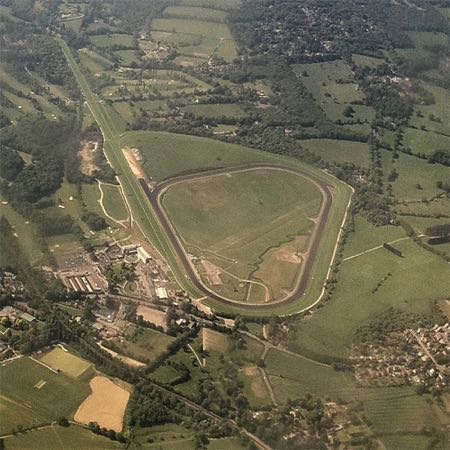
It is not just flat racing tracks on the turf that use starting gates. The contraption is also used on all-weather courses and the nature of the surface used allows race organisers to negate the influence of a draw bias. All-weather tracks use a type of surface that allows organisers to adjust the Going to whatever they wish for it to be. Theoretically, this means a specific stall could be given a different Going to the rest.
Before looking too hard at the draw bias of the track you’re planning to get on a race at, it’s worth looking at whether or not a racecourse tends to employ such tactics. Making the Going Heavy at the start of the race for the horse in stall one might well negate their advantage, unless the horse favours Heavy Going. That’s why it’s so important to do your research about both the track and the horses taking part.
Things That Negate the Draw
In addition to whether an all-weather track manipulates the course to remove perceived draw bias, there are other things that can negate the importance of the draw. Unlike in athletics, were competitors are expected to stick to their lane, horse racing is more akin to Formula 1 and horses are allowed to go wherever they want on the field. The result is that the horses tend to bunch together after a while of racing.
The strength and stamina of a horse will dictate how important the draw is given that the horses will come together if a race is long enough to allow them to. The shape of the course will dictate how much a horse is able to overcome the disadvantages that they’re presented with if they have the ability to do so. Shorter races will mean that even the strongest horse probably won’t have enough time to recover from a poor draw.
The more horses there are in a race, the more difficult it will be for horses to overcome the difficulty of their position. A race with five horses, for example, will mean that only the first five stalls are used and they will bunch together pretty quickly out of the starting gate. A race with twelve horses, meanwhile, will see some horses far away from the rail and the ability of them to get into the middle will be limited.
Horses all have their own way of attacking a race, with some keen on leading from the front whilst others prefer to sit back and try to overtake the field towards the end of the race. Obviously a horse that likes to lead from the front will struggle if it is put in an outside berth, whilst the opposite will be true of a horse that wants to see the field in front of it. These are all things you’ll want to find out about before placing a bet.
Courses Where Draw Bias Matters
Having explained all about draw bias, let’s have a look at some of the courses in the United Kingdom that have a draw bias that you’ll need to take into account when placing your wagers.
Thirsk Racecourse
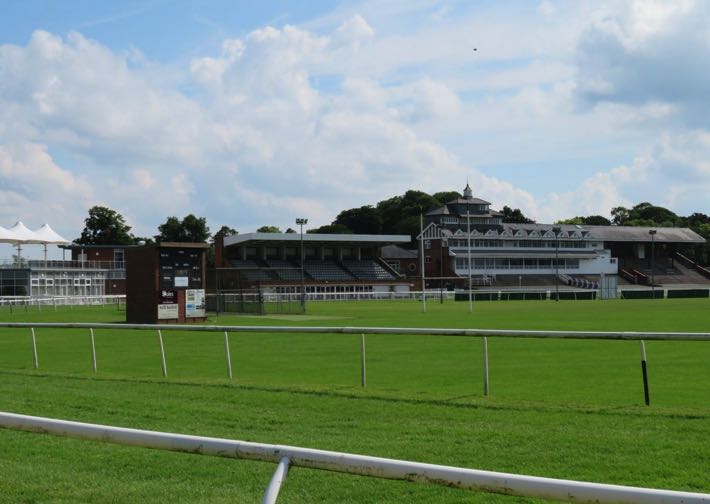
Unlike most courses, Thirsk Racecourse is interesting because it offers its advantage to the horses that are drawn into a higher starting gate. Here it is the higher gates that you’ll find closest to the rail, meaning that horses drawn into them will have less distance to travel than ones that are drawn into lower gates.
That being said, the weather at Thirsk plays a big part in the importance of the draw. Rain for the days preceding an event will mean that the extremes of the courses are likely to boast Heavy Going. In that instance, you’d do well to look for a strong horse that has been given a middling draw, with both extremes likely to be a tougher run.
The Turf Track at Lingfield
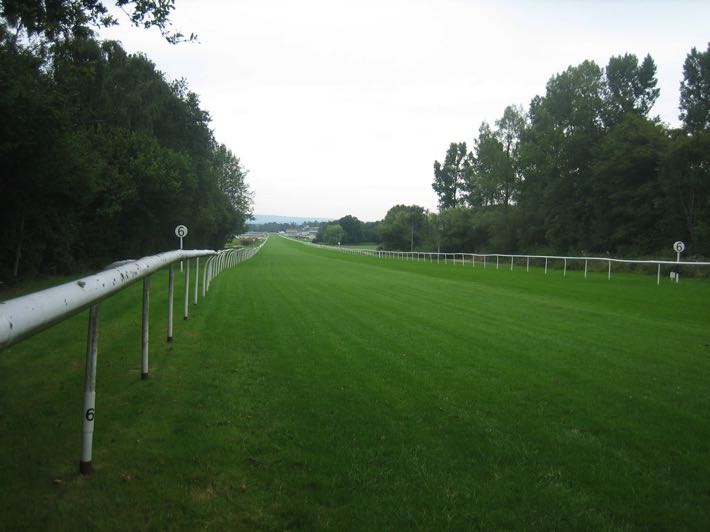
Lingfield is the other racetrack where a high draw is more favourable to the horses than a low one. Lingfield is a course that has both all-weather and turf tracks, with this information being relevant only to races run on the turf. Again, high draws put horses closer to the rail and therefore in a better position than low draws.
Races that see the draw bias play a part most regularly at Lingfield are those that are between five and seven furlongs in length. Gates five to eight tend to produce winners more often than other stalls in operation at the racecourse, presuming that the field isn’t much bigger than eight. If it is then think about even higher numbers.
Chester Racecourse
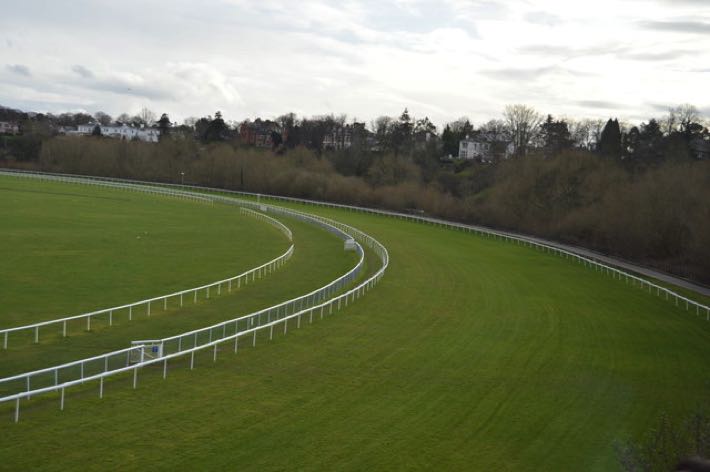
Given that as many as 63% of the five furlong races that took place between September 2016 and June 2017 were won by a horse in the first three starting gates, it’s not unreasonable to suggest that Chester’s draw bias is a very real thing. Indeed, the racecourse probably has the best known bias in the country.
When looking at races that are taking place at Chester, therefore, you’d do well to see if one of the favourites is lining up in the first three stalls for the race that you’re planning to bet on. If they are then you’d be made not to at least have an Each-Way bet on them to prove the bias and finish in the places.
Catterick Racecourse
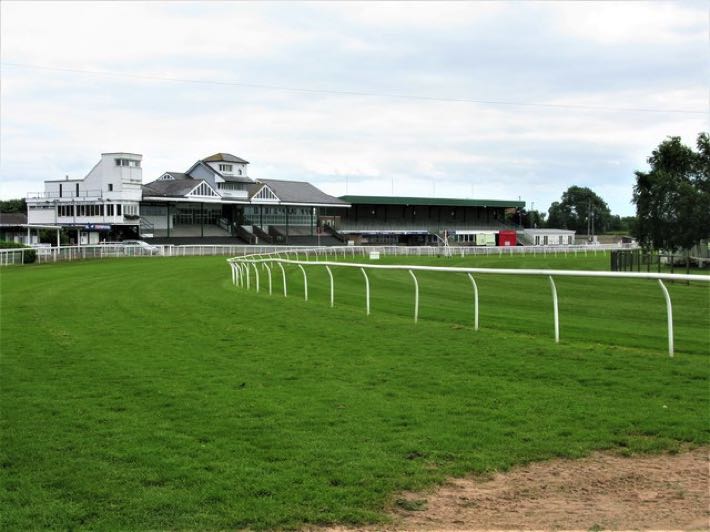
It’s a sharp track at Catterick Racecourse, with horses finding that they’re running downhill for most of the race. The bend is a relatively long one that runs to the left, so you’ll want to keep an eye on horses in the low number stalls. That is especially the case in races between five and seven furlongs in length.
The weather and the horse’s generally ability will also play a part at Catterick Racecourse, with bets on outsiders with huge odds unlikely to pay off regardless of where the horse finds itself in the draw. All things being equal, though, a talented horse with a low number draw will be worth having a look at.
Beverley Racecourse
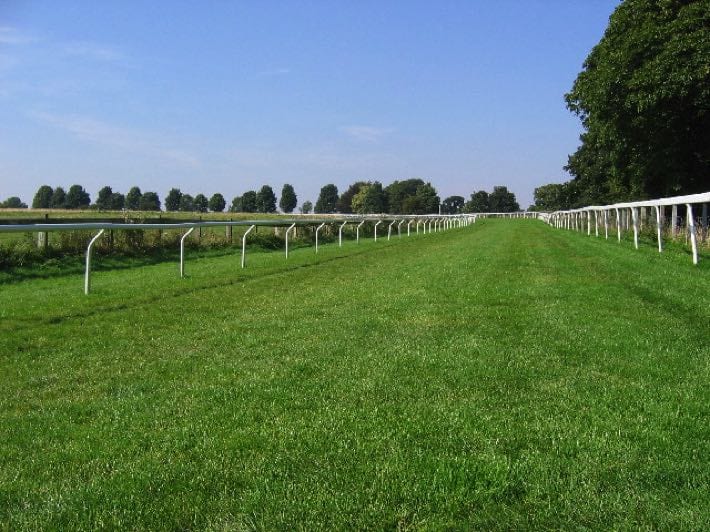
The final stretch at Beverley is an uphill one that shifts off to the left. The result of this is that horses that are drawn low and therefore close to the rail will be in a more favourable position heading into that last section than those that are drawn away from the rail. If a low-drawn horse can maintain its position then it will be better off for it.
This is shown in the fact that horses drawn in stalls one and two are as much as seven times more likely to win a race than those drawn in stalls ten and eleven. You’ll see that come to the fore in races run over between five and seven furlongs, even if the usual caveats of not betting on a rubbish horse still apply.